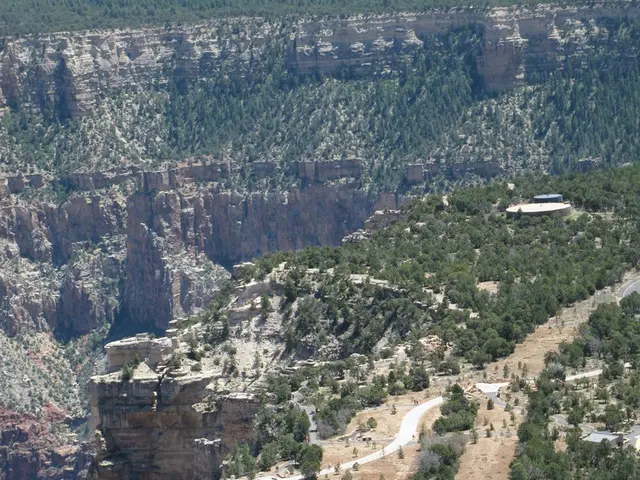UNESCO Recognizes India's Cold Desert Biosphere Reserve for Sustainable Conservation
The United Nations Educational, Scientific and Cultural Organization (UNESCO) has recognized India's Cold Desert Biosphere Reserve in Himachal Pradesh as part of its World Network of Biosphere Reserves. This honour, received in 2013, highlights India's dedication to sustainable development and biodiversity conservation. The reserve, spread across 7,770 square kilometers, is India's first high-altitude cold desert biosphere and one of the coldest and driest ecosystems in the network.
The Cold Desert Biosphere Reserve is home to a diverse range of species, including hundreds of plant species, 119 bird species, and 17 animal species. The snow leopard serves as a flagship species in this fragile ecosystem. The reserve encompasses key protected areas such as Pin Valley National Park, Kibber Wildlife Sanctuary, Chandratal Wetland, and the Sarchu plains. It is divided into core, buffer, and transition zones for conservation, sustainable use, and community engagement.
UNESCO's recognition is expected to boost efforts to build climate resilience, promote responsible ecotourism, and foster research collaborations in the Cold Desert region. The reserve's dispersed high-altitude communities, home to about 12,000 inhabitants, engage in traditional livelihoods like pastoral activities, farming, and using herbal remedies. They also manage natural resources through traditional local councils.
The inclusion of the Cold Desert Biosphere Reserve in UNESCO's World Network of Biosphere Reserves is a testament to India's commitment to protecting its unique ecosystems and supporting sustainable development. The recognition is set to enhance conservation efforts, encourage ecotourism, and deepen research collaborations in the Cold Desert region, while balancing community livelihoods and efficient governance.







